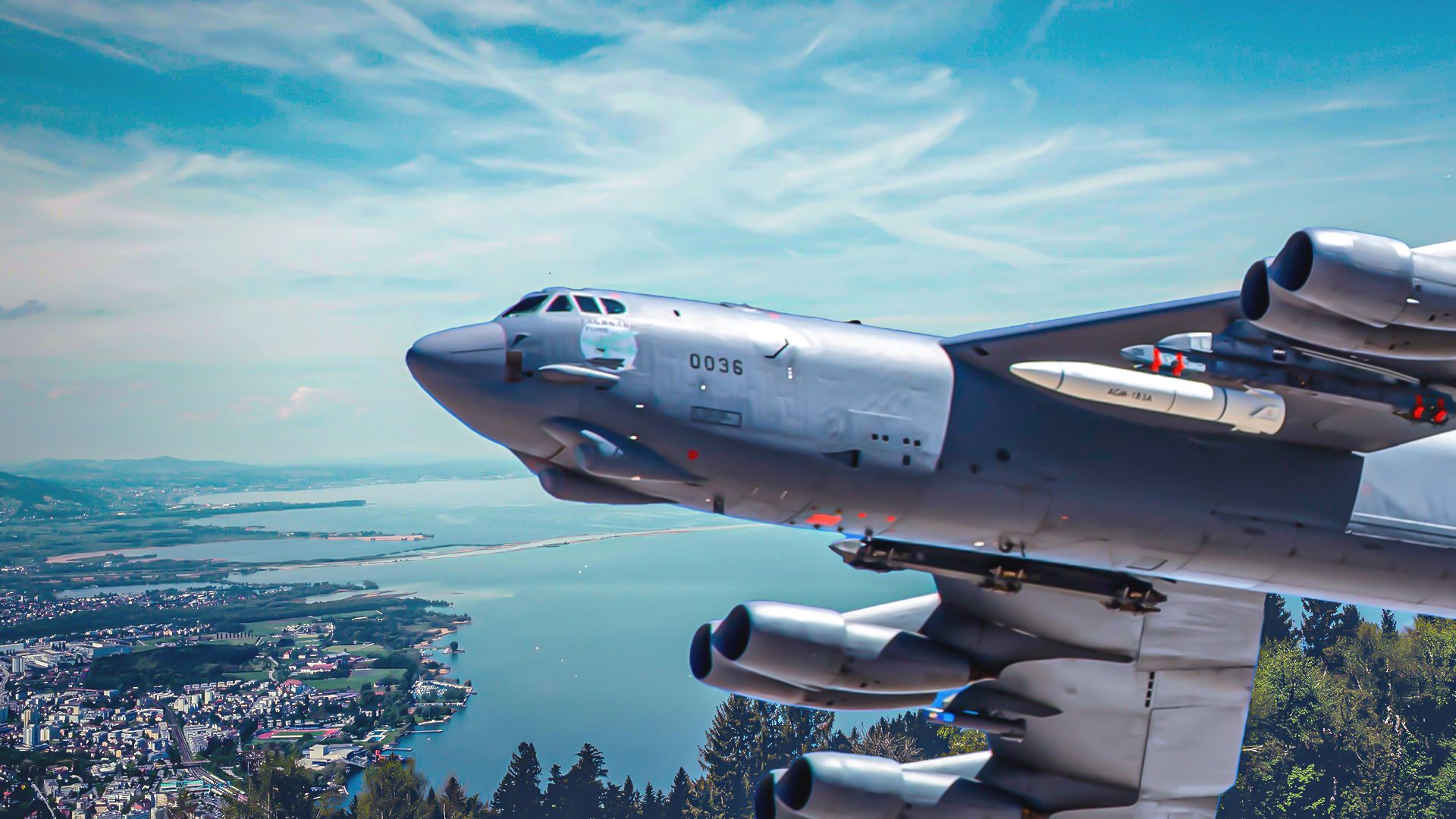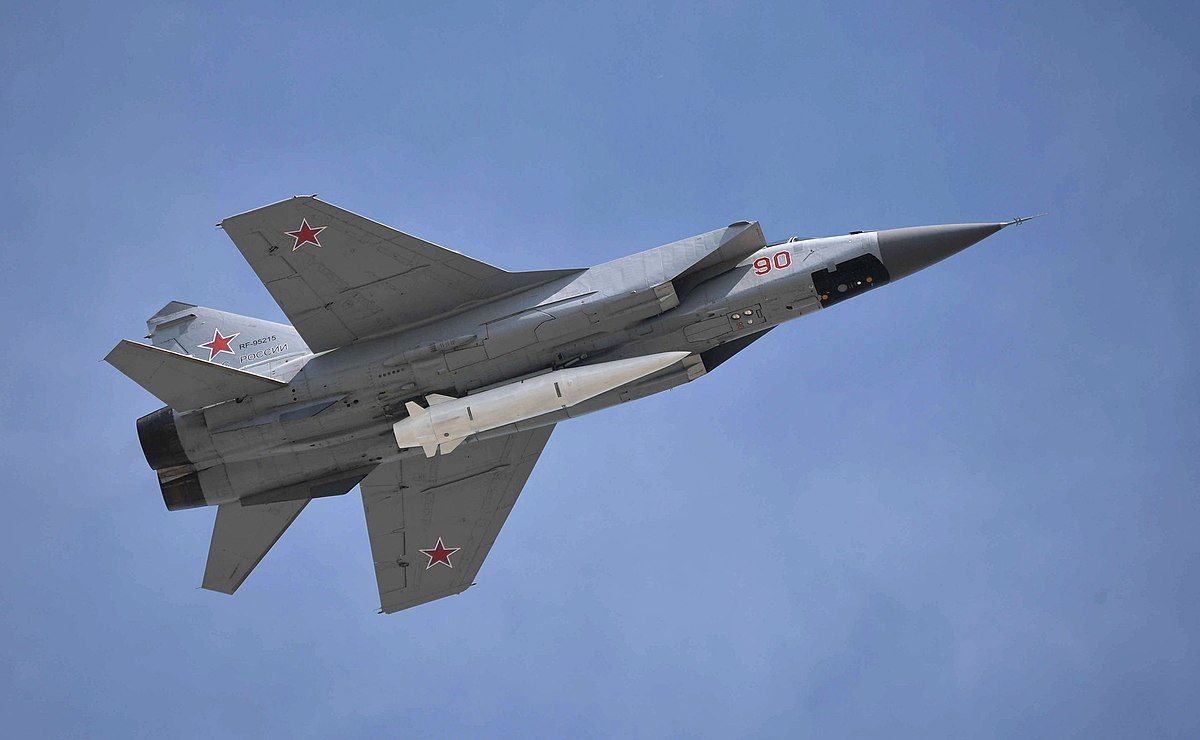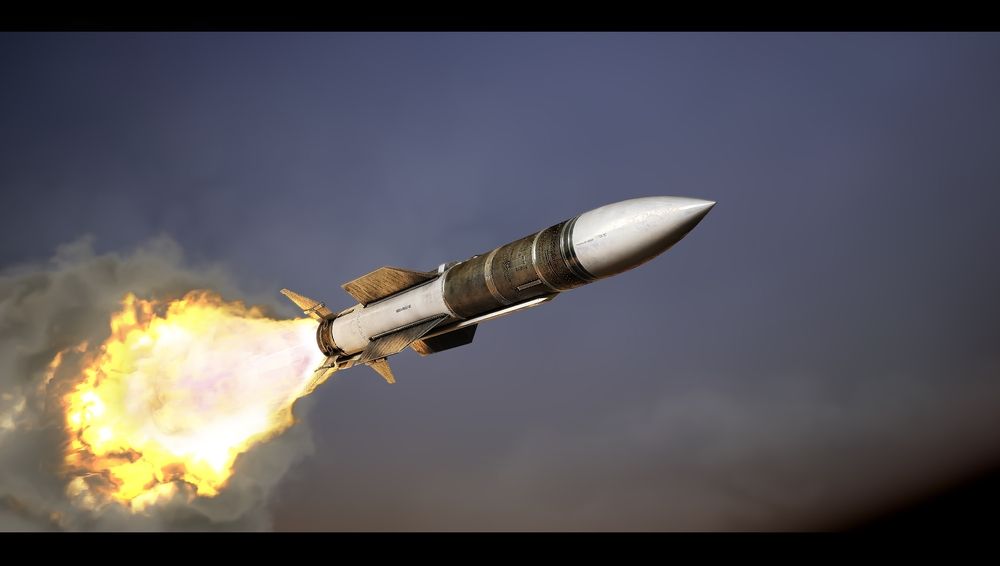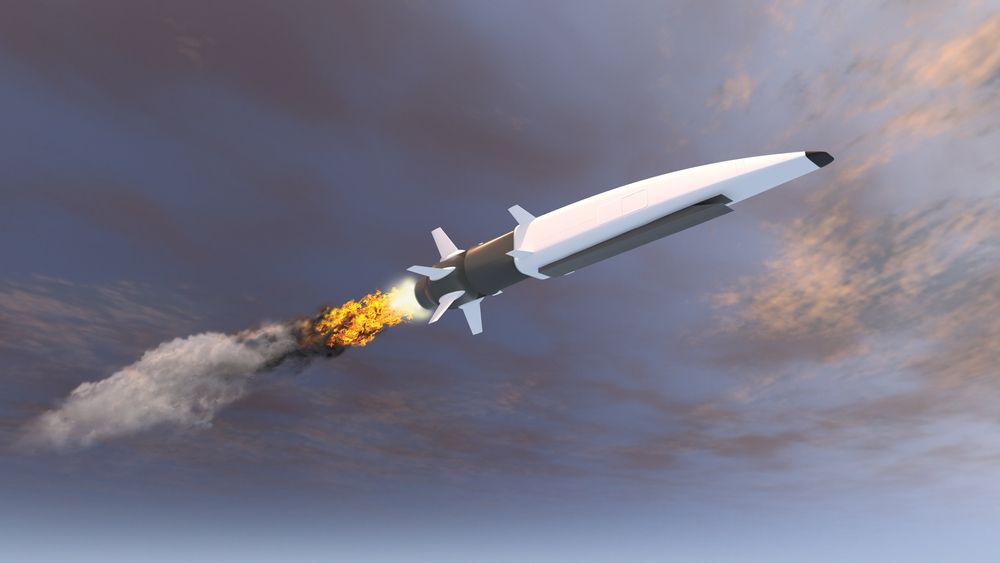Summary
- Developments in hypersonic missiles by US, China, Russia, UK, and others continue to rise.
- Russia’s Kinzhal missile has seen usage in Ukraine but its effectiveness remains uncertain subpar.
- British hypersonic missile development planned for service by 2030.
Hypersonic missiles have become a buzzword in the news in recent years. The great powers are rushing to develop them (sometimes, they are used for propaganda, with their performance greatly exaggerated). While the name sounds like they might be high-tech, game-changing weapons, they actually have few practical uses (which is also part of the reason why it has taken the USA so long to invest in developing them).
The US has also proposed developing hypersonic drones like Project Mayhem to reach speeds of Mach 10. Hypersonic missiles are extremely expensive and intended for use against high-value, time-sensitive targets. Here are five hypersonic missiles in use or in development around the world.
1
Hypersonic Attack Cruise Missile (HACM)
The $15 million HACM might fly at Mach 8, and a variant is to be operated by Australia
|
Country: |
United States & Australia (via SCIFiRE) |
|---|---|
|
Status: |
in development / testing |
|
In service date: |
2027 (planned) |
The HACM is a hypersonic missile being developed by Raytheon for the US military and Australia (as part of the SCIFiRE hypersonic program). According to a Forbes article, the missile could cost $15 million each. It is unclear how fast the missile will fly (anything faster than Mach 5 is considered hypersonic).
A CNN article suggested the HACM will fly at Mach 8 (or around 6,138 mph). The missile is air-launched (meaning it needs to be fired from aircraft) and will be scramjet-powered. A recent GAO report revealed that the US military is about to test the HACM in Australia using Australian fighter jets.

Related
Amazing! How The X-15 Hypersonic Research Program Set All Kinds Of Aviation Records
The X-15’s speed record remains unbroken, and (by some definitions) its altitude record wasn’t broken until 2004.
2
Kh-47M2 Kinzhal “Killjoy”
Russia has previously claimed its hypersonic missiles are unbeatable by Western air defense, but that appears to have been debunked
|
Country: |
Russia |
|---|---|
|
Status: |
in service |
|
In service date: |
2017 |
The Russian Kinzhal (NATO reporting name “AS-24 Killjoy”) is one of the most disputed hypersonic missiles. Many critics claim it is not a hypersonic missile at all and is essentially an adapted air-launched version of the 9K720 Iskander missile (Ukrainians claim it only flies at Mach 3.6). The Kinzhal has an estimated range of 290 to 300 miles and has been used repeatedly in Ukraine.
When Ukraine was supplied with US-made Patriot SAMs, the Russians fired a Kinzhal at it to destroy it. The Patriot intercepted the missile. Russia then reportedly launched a saturation attack on the Patriot using 6 Kinzhals and dozens of other missiles. The Patriot intercepted everything. Ukrainian claims of killing Russian joy and intercepting the Kinzhal appear to have been confirmed by the US military.
3
3M22 Zircon
Zircon is a naval missile that has now been used in Ukraine that allegedly reaches speeds of Mach 9
|
Country: |
Russia |
|---|---|
|
Status: |
in service |
|
In service date: |
2023 |
The Zircon (alternatively spelled Tsirkon) is a Russian Navy scramjet-powered hypersonic missile intended for firing from frigates and submarines. It was also used a few times in the Russian invasion of Ukraine, the first occurrence being at the beginning of 2024.
Photo: Alexander Yartsev l Shutterstock
According to Russian sources, Zircon has a range of 625 miles and can reach speeds of nine times the speed of sound (although caution should be taken when accepting Russian claims at face value). The British MoD seemed to confirm the missile’s use and stated, “It is likely the Russians are testing a newly operational weapon system in a live conflict environment to provide assurance and demonstrate capability.”
4
DF-ZF
The DF-ZF may have come into service in 2020, meaning that China now has hypersonic missiles at its disposal
|
Country: |
China |
|---|---|
|
Status: |
in service |
|
In service date: |
2020 |
The Chinese are also known to be developing hypersonic missiles and the DF-ZF (also called the WU-14) is reportedly already in service. The DF-ZF is a hypersonic glide vehicle launched by the DF-17 medium range ballistic missile. Not much is known about the missile – even its speed is highly uncertain with alleged speeds between Mach 5 and Mach 10.
Photo: Esteban De Armas l Shutterstock
There are also claims that it is capable of “extreme maneuvers” to evade defenses. The first tests are believed to have occurred in 2014, and it is believed to have come into service in 2020. The range, difficulty of interception, per unit cost, and speed of the missile remain unclear.
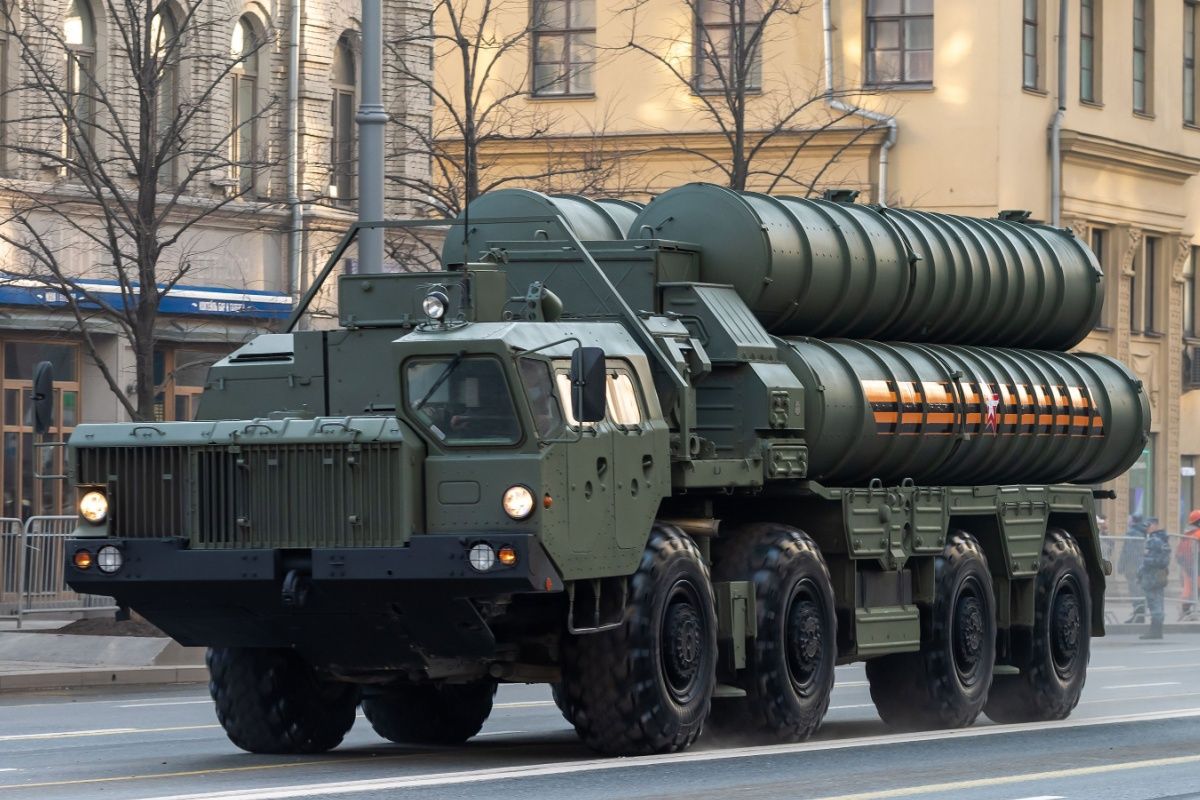
Related
Is Ukraine Destroying Russian Air Defense To Make Way For F-16s?
Open-source intelligence has noted a significant uptick in the number of Russian S-300 and S-400 SAMs being destroyed in Ukraine.
5
Unnamed British missile
The British are also developing their own hypersonic missile, planned to come into service in 2030
|
Country: |
United Kingdom |
|---|---|
|
Status: |
in development |
|
In service date: |
2030 (planned) |
While it may seem that hypersonic missiles are only being developed by the US, China, and Russia, plenty of other countries are also developing them. Examples include India with the Shaurya, Iran with the Fattah (which Iran laughably claims reaches speeds of Mach 15), and North Korea with the Hwasong-8. The effectiveness of these missiles (or even if they are true hypersonic missiles at all) remains unclear.
Sky News recently reported that Great Britain also plans to produce its own homegrown hypersonic cruise missile by the end of the decade. The missile will fly at speeds higher than Mach 5 and allow the British to “catch up with China, Russia, and the US.” Plans are still at an early stage, but they are planned to enter service by 2030.

